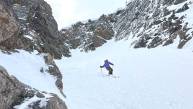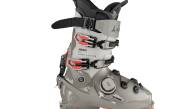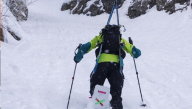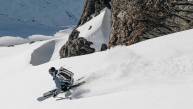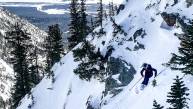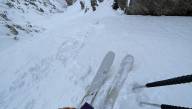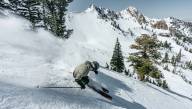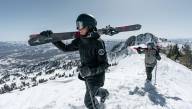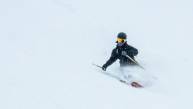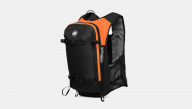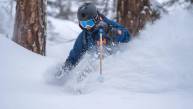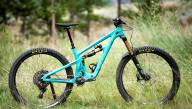tags:
Fullroom |
Grand Teton National Park, Teton County, WY, United States |
teton tested |ryan halverson |osprey packs |osprey kode 42 review |osprey kode |osprey |ospey kode 42 |kode 42 review |kode 42 |kode |evo.com |evo |backcountry ski packs |backcountry
 Ryan Halverson has put Osprey's Kode 42 pack through its paces this winter in the Tetons. Ryan Dunfee photo.
Ryan Halverson has put Osprey's Kode 42 pack through its paces this winter in the Tetons. Ryan Dunfee photo.
Click here to check out evo.com's entire line of Osprey packs.
I’m always looking for a perfect pack to suit my needs. I’ve had many friends love their Osprey packs, and although I own a very old climbing pack of theirs, I’ve been wanting to give their newer ones a try for some time now. The Kode 42 did not disappoint, and definitely lived up to my expectations.
The size is perfectly fit for my needs of day trips or overnights in the Tetons. The Medium/Large size of the Kode 42 fits perfectly on my back, which is sometimes hard to find for me, being 6’4”. I love the multi pockets on the top, since I usually end up storing a lot of things I’ll need on the fly here in the Tetons, and there is plenty of room to fit my needs and still not squish my lunch.
Tons of Storage
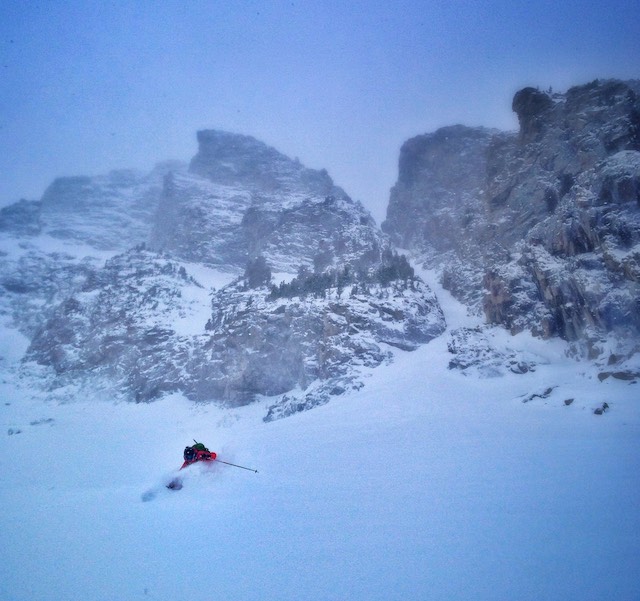 Halvy barrels down the apron of The Sliver. Josh Mandel photo.
Halvy barrels down the apron of The Sliver. Josh Mandel photo.
I ended up using this pack of my big day trips and overnights in Grand Teton National Park, and was able to comfortably fit everything I wanted to carry, namely climbing skins, crampons, an ice axe, an extra down jacket, a helmet (which I stashed inside the pack itself instead of using the dedicated lid helmet pocket), an extra pair of gloves, food, water, a shovel, a probe, a camera, and occasionally a rope for belays. I'm a big fan of being in a position to be able to carry more than you think you might need on a day trip, and this bag had space for what I needed and them some. It still carries well even if it's not fully stuffed, which can be a problem with packs pushing 40 liters.
Even on an overnight trip up Death Canyon, I managed to fit everything I needed inside my pack–including a sleeping bag and a stove on top of everything listed above–while only having to strap my sleeping pad and tent on the outside of the pack.
Dedicated Avalanche Tools Pocket
 The Kode's dedicated avalanche tool pocket. Ryan Dunfee photo.
The Kode's dedicated avalanche tool pocket. Ryan Dunfee photo.
There's a dedicated avalanche tool pocket on the front of the pack, which is great for keeping the gear in your main pocket dry while you're stopping to break out your tools to do stability tests. There was plenty of space for my tools, including my Black Diamond Transfer 3 shovel and a larger, older Voile shovel I'd had before that. It'd be a huge bummer if Osprey had designed the avi tool pocket to be too tight to accommodate a range of shovel sizes, but this wasn't the case.
You do have to unbuckle at least one of the lid's straps to get into the pocket, which is indeed an extra step you don't want to have to take in the middle of a hectic rescue, but for non-emergency purposes it wasn't a big deal.
And Yet More Features...
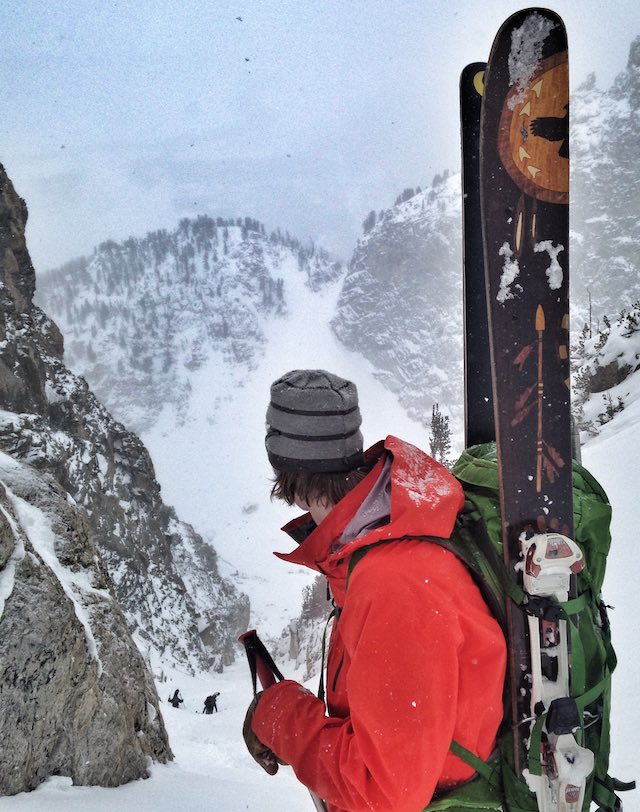 Ryan pauses for a minute to rest on the ascent up The Sliver off Nez Perce in Grand Teton National Park. Josh Mandel photo.
Ryan pauses for a minute to rest on the ascent up The Sliver off Nez Perce in Grand Teton National Park. Josh Mandel photo.
The A-frame ski carry works great and holds my skis at just the right place, with or without a ski strap on top. It also holds wide skis–mine are 120 underfoot and fit no problem–and the top straps have a locking mechanism that is a kick-ass design, having had previous packs without this feature in which your skis would steadily loosen and sway as the climb went on.
Also, having the diagonal ski carry option is perfect for quick transitions and shorter bootpacks. I like the ice axe loop in the middle, however, if you wanted to carry two tools, you’d have to figure something out for the other, but I don't think it would be too hard. I understand that for snowboarders there's both horizontal and vertical carry systems on the Kode, too.
Looking for something smaller? Check out Osprey's 22 and 32-liter Kode packs by clicking here.
Another feature I’ve always been a huge fan of is the back panel access. Nothing is more frustrating than digging to the bottom of your pack for one small item, and this eliminates any of that. While there are two buckles that tension the shoulder straps to the main part of the pack that require unbuckling to fully open the back panel, I found that I could leave them buckled and readily unzip the pack 2/3 of the way around and fish around for what I needed.
And for me, I really love to have a ready stash of quickly-accessible tools and snacks at the top of my pack, and the Kode 42's lid had two separate gear pockets, whereas most packs of this design have only one. I was pumped to be able to squeeze in goggles, goggle scrapers, tape, a camera, and ski straps where I could access them super quickly.
The Bottom Line
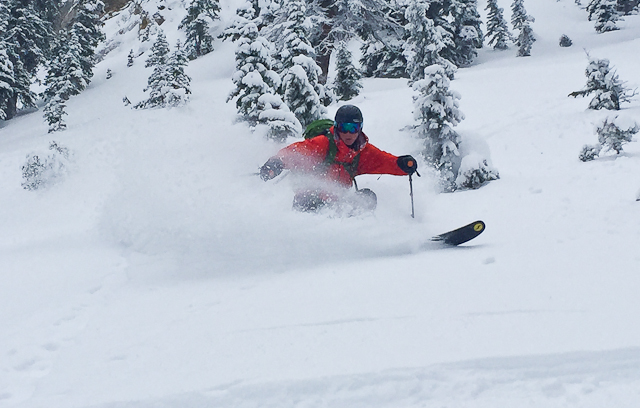 Blasting pow off Teton Pass. Ryan Dunfee photo.
Blasting pow off Teton Pass. Ryan Dunfee photo.
While I am still using a smaller, 32-liter pack for backcountry missions off the sides of Jackson Hole Mountain Resort and quick laps off of Teton Pass, Osprey's Kode 42 is now all I’ll use for any day-long ski and climbing trips, as well as overnights, and would be absolutely perfect for a hut trip.
There's gobs of storage and a ton of thoughtful features in the design, like the locking straps on the A-frame ski carry, dedicated avalanche tools pocket, and two sizable pockets in the lid of the pack. At $170, it's a worthy investment for big days in the backcountry that I'm also looking forward to putting to use this summer for camping trips.
There is also an airbag-compatible version of the Kode 42 available for $220 that zips in with ABS' Vario line of airbag base units.
Click here to check out evo.com's entire line of Osprey packs.




